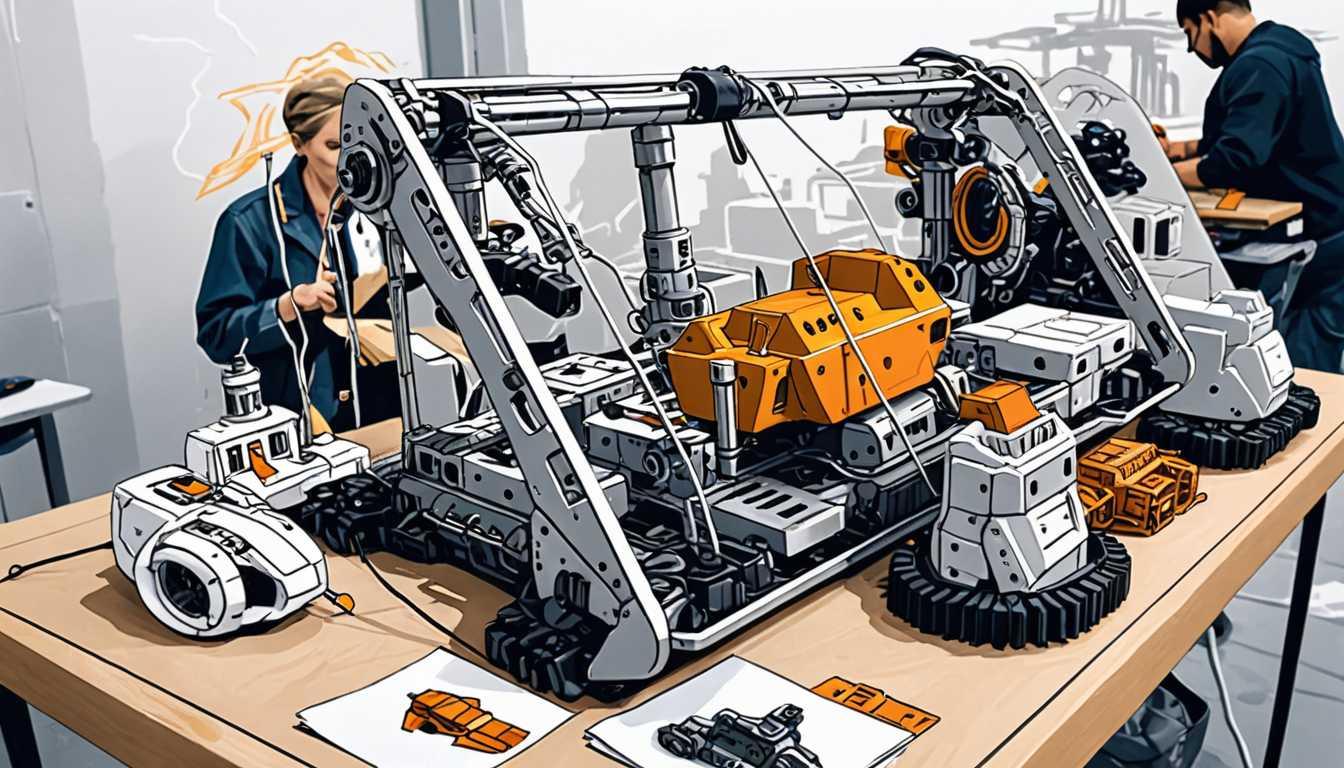Kirigami: Morphing Magic Unleashed
June 2023
Massachusetts Institute of Technology (MIT)
Introduction
Dive into the fascinating world of kirigami, where MIT scientists have cracked the code to morphing shapes! Imagine turning a circle into a square with just the right snips and folds. This groundbreaking study in Nature Computational Science unveils a formula that's like a magic spell for materials, enabling them to shift forms on command. From robotic grippers to smart building facades, the possibilities are as endless as they are thrilling. Ready to see magic and math collide? Check out how kirigami is redefining the impossible!
READ FULL ARTICLEWhy It Matters
Discover how this topic shapes your world and future
Unfolding the Future with Kirigami
Imagine holding a piece of paper that can morph from a simple circle into a complex square with just a few folds and cuts. This isn't magic; it's the art of kirigami, a cousin of origami that involves cutting paper to create intricate designs. But why should you care about turning circles into squares? This concept is revolutionizing the way engineers and scientists think about materials and design. From robotic grippers that can adapt to hold different objects, to building facades that change shape to control sunlight, the possibilities are endless. This kirigami-inspired formula is not just about transforming shapes; it's about reimagining the future of technology, architecture, and even clothing. For you, it's a glimpse into how combining creativity with mathematics can solve real-world problems and perhaps inspire you to explore the boundaries of what's possible.
Speak like a Scholar
Kirigami
A Japanese art form that involves cutting paper to create intricate designs that can be three-dimensional when unfolded.
Computational strategy
A method using computer algorithms to solve complex problems, like determining the precise cuts needed to transform one shape into another.
Optimization
The process of making something as effective or functional as possible. In kirigami, finding the optimal pattern of cuts to achieve a desired transformation.
Algorithm
A set of rules or calculations designed to solve a problem. In this case, a formula to determine the cuts needed for kirigami transformations.
Fabrication
The process of creating a product or material. Here, it refers to making kirigami designs using various methods, including 3D printing.
Mosaic
A pattern or image made from small pieces of colored glass, stone, or other materials. In kirigami, a mosaic of cuts in the paper or material that transforms shape.
Independent Research Ideas
Exploring the mathematics behind kirigami
Dive into the geometry and algebra that make these incredible transformations possible. Investigate how angles, lengths, and patterns play a role in kirigami designs.
Kirigami in architecture
Imagine buildings that change shape according to the weather or time of day. Research how kirigami principles can be applied to create adaptive and sustainable architecture.
The role of materials in kirigami
Not all materials bend and fold the same way paper does. Explore different materials used in kirigami-inspired designs, from metals to fabrics, and their properties that make them suitable for such applications.
Kirigami and robotics
How can the principles of kirigami be used to design more flexible and adaptable robots? Investigate the intersection of kirigami, robotics, and engineering to discover how shape-shifting robots are developed.
Cultural and historical aspects of kirigami
While kirigami is often seen through a scientific lens, it has deep cultural roots. Explore the history of kirigami, its evolution over time, and its significance in different cultures around the world.
Related Articles

X-AR: Superhero Vision Comes Alive
February 2023
Massachusetts Institute of Technology (MIT)

Revolutionizing Aerospace with Ultrasound Tech
April 2024
University of Bristol

Origami: Beyond Paper Art
April 2019
Smithsonian Magazine

Math Magic: The Sphere Packing Puzzle
May 2024
King's College London - News

Robots Learning to Ask
December 2023
MIT Technology Review